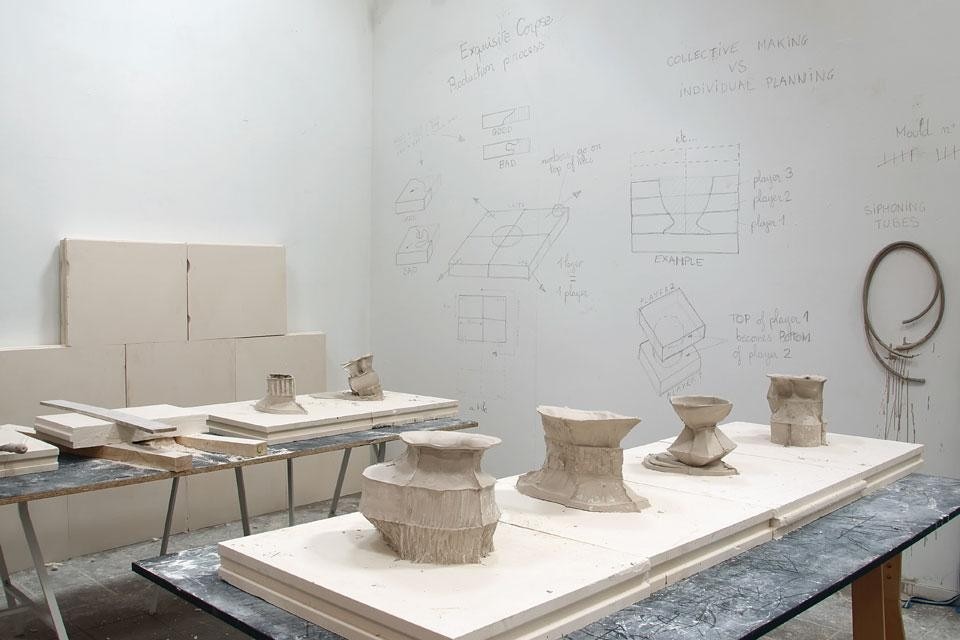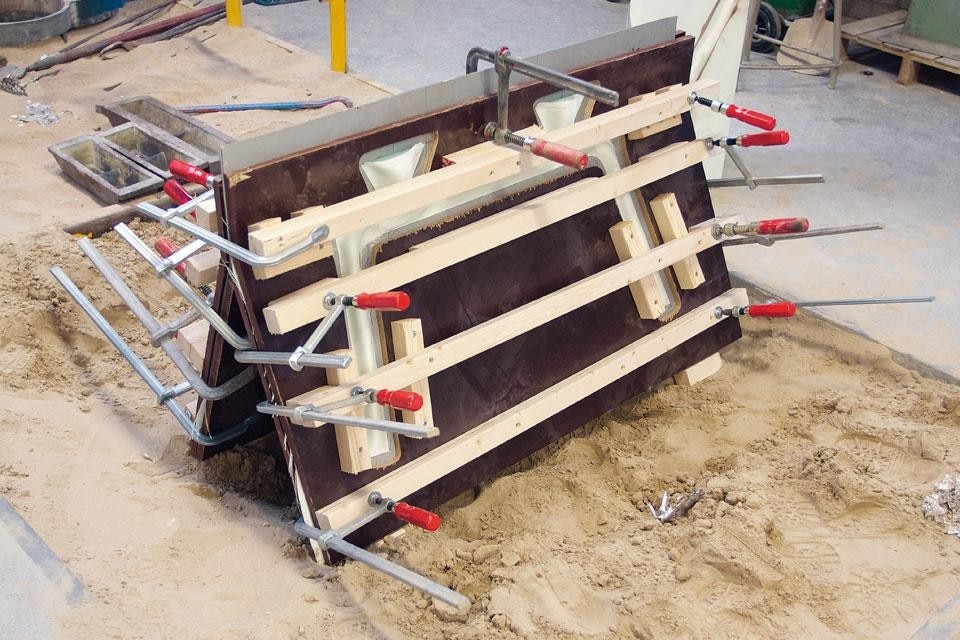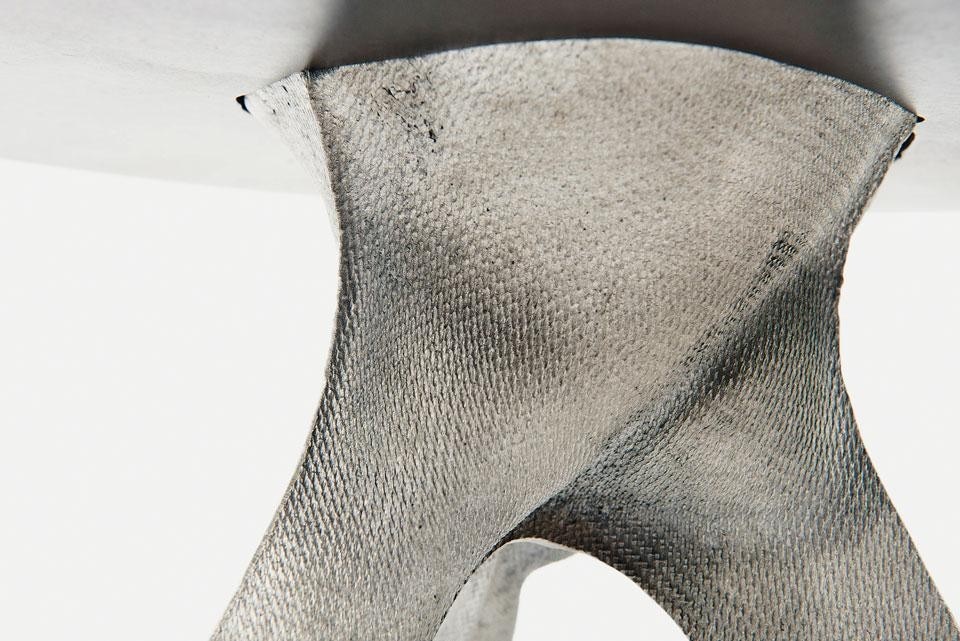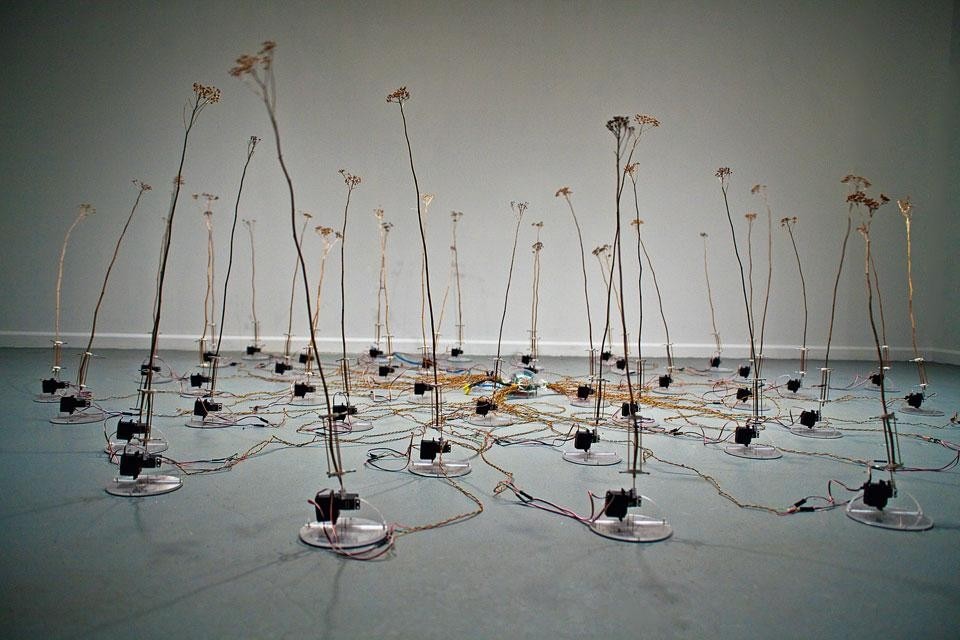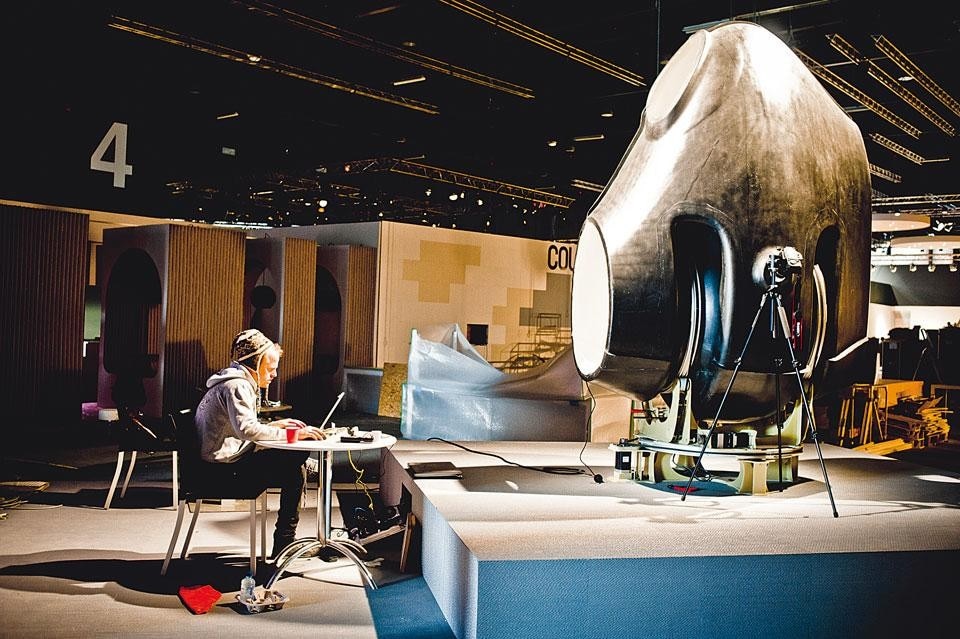Belgian design. Does that bring anything to mind?
How about the Belgian design "scene"? Still nothing?
Well that's just as well then, because if you had heard of such a thing you'd have been mistaken — it doesn't exist. I know this because some Belgian designers and other movers and shakers from the Belgian non-scene told me so.
They replied to the following questions unanimously:
Is there such a thing as Belgian design? No.
Do you feel like you're part of a design community? No.
Are there any Belgian design characteristics? No.
So there you have it. That was the world's shortest article. And yet, viewed from abroad, there is clearly something stirring in this corner of Northern Europe. It's just probably best not to try and give it a name.
Ascribing national characteristics to design is problematic at the best of times, but especially so in the case of Belgium, a country with three official languages (French, Flemish and German) and riven by regional differences. "Belgium is a non-existent country; it's a construct," says Jan Boelen, the director of the Z33 centre for contemporary art in Hasselt, one of the most consistently engaging design venues in Europe. He goes on to explain that since cultural funding is regional, and education and the media are similarly split along regional lines, it's difficult to talk about a coherent "scene".
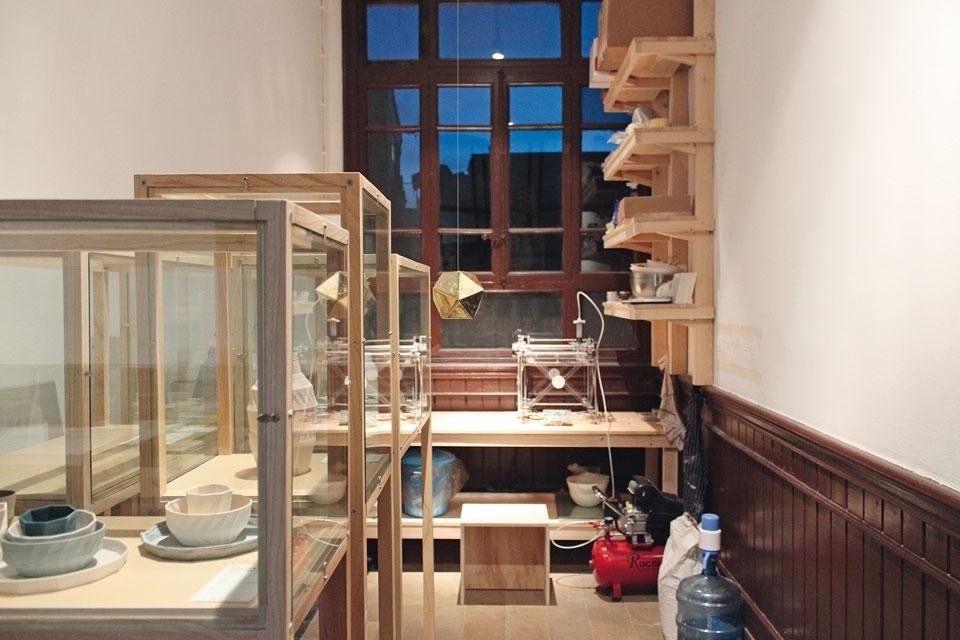
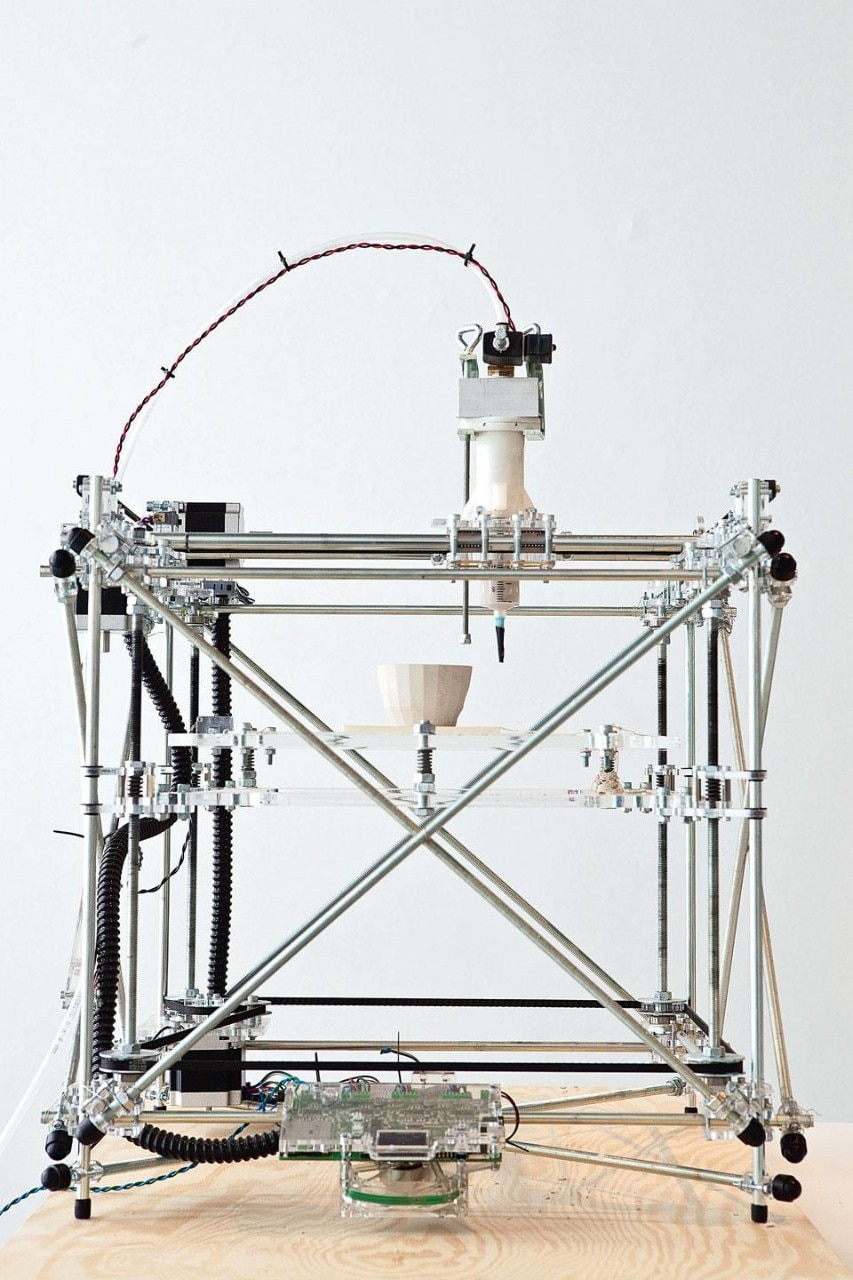
In the absence of any national strategy for design (such as you would find in neighbouring Holland) it has fallen to enterprising individuals to lead the way
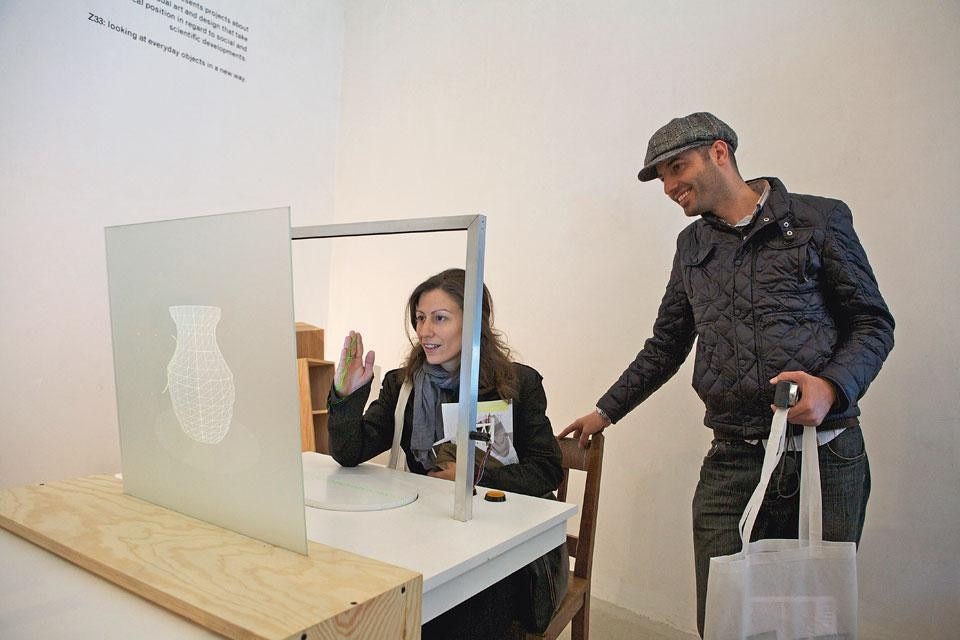
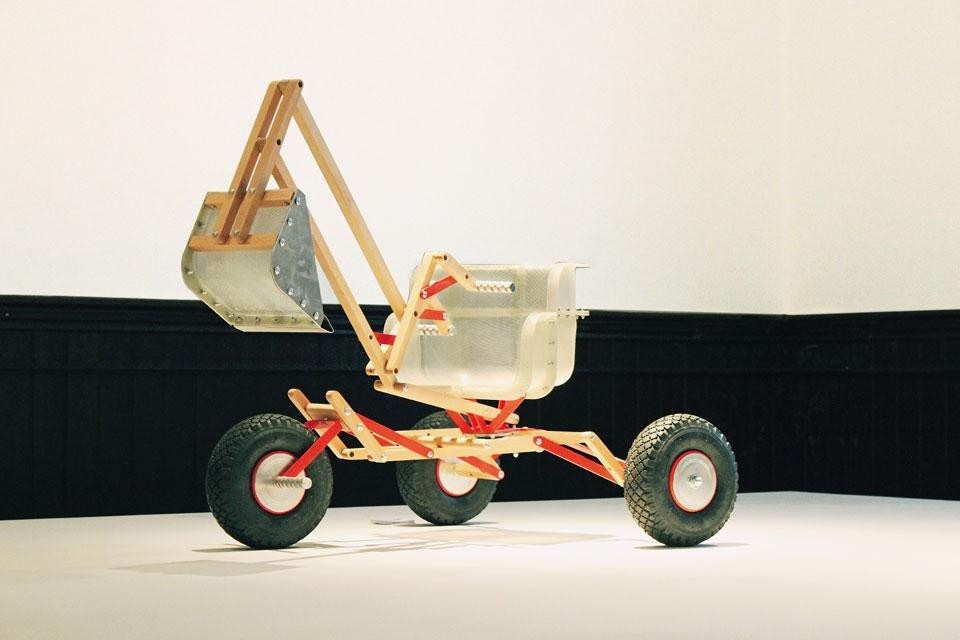
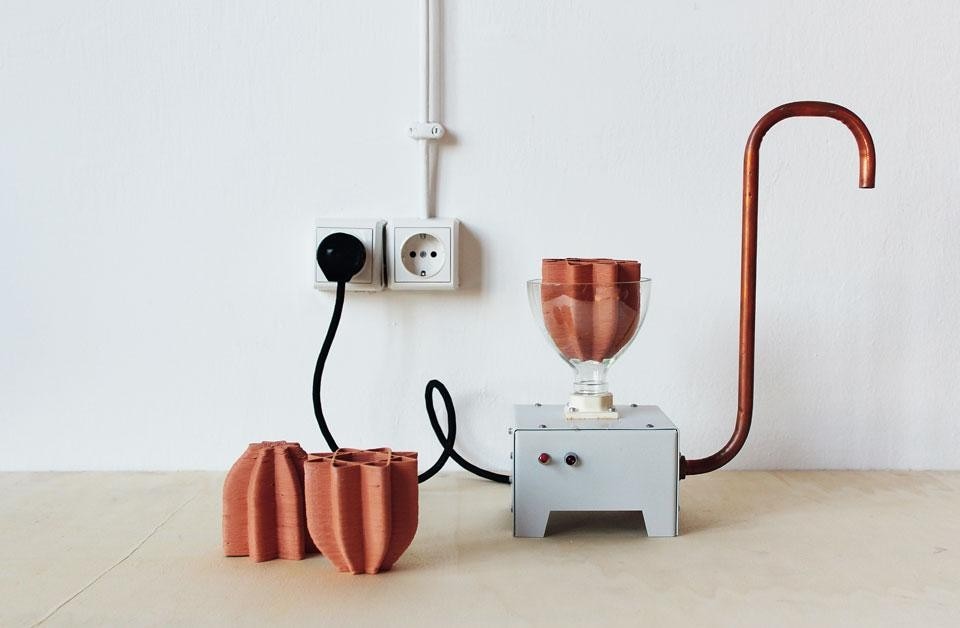
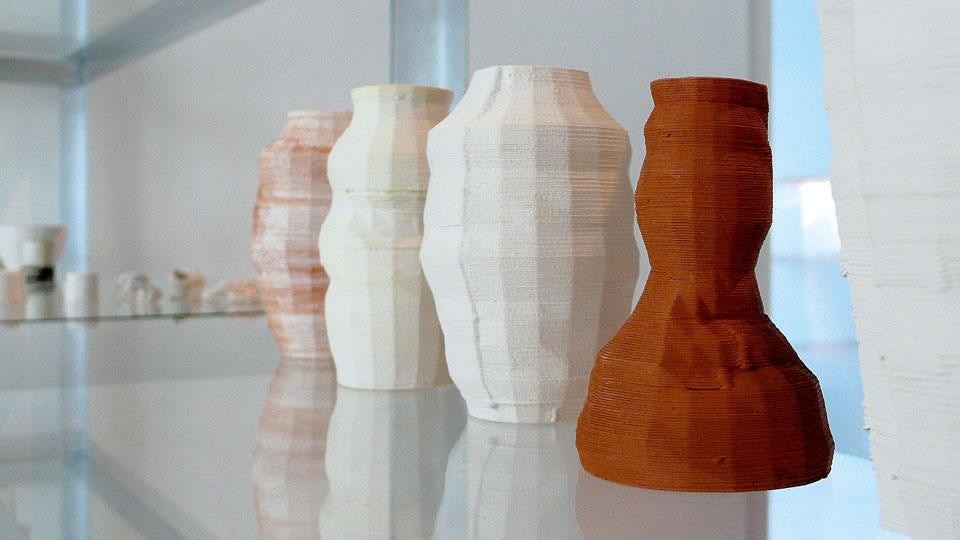
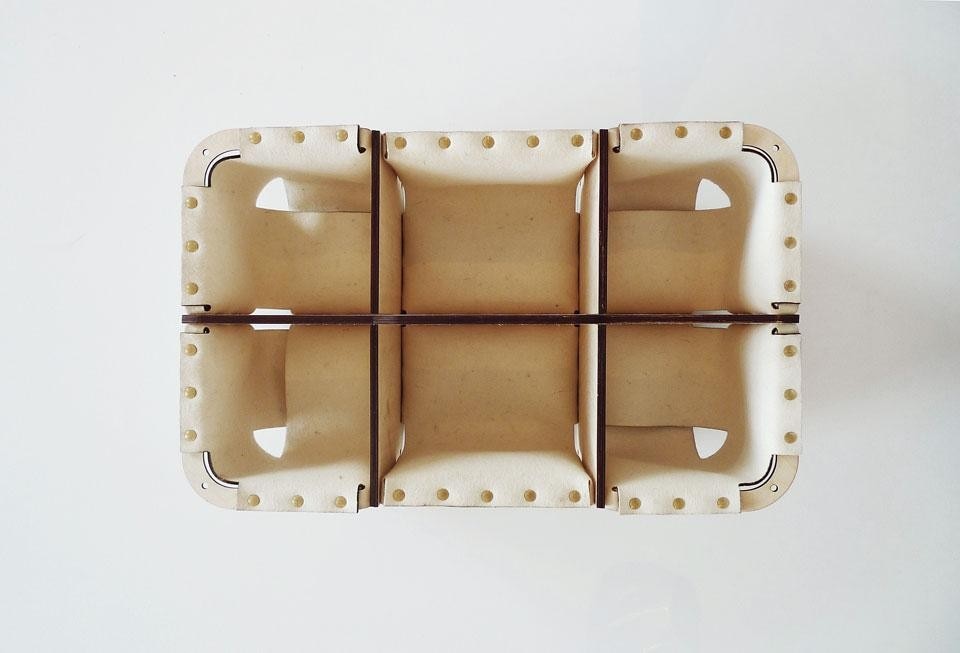
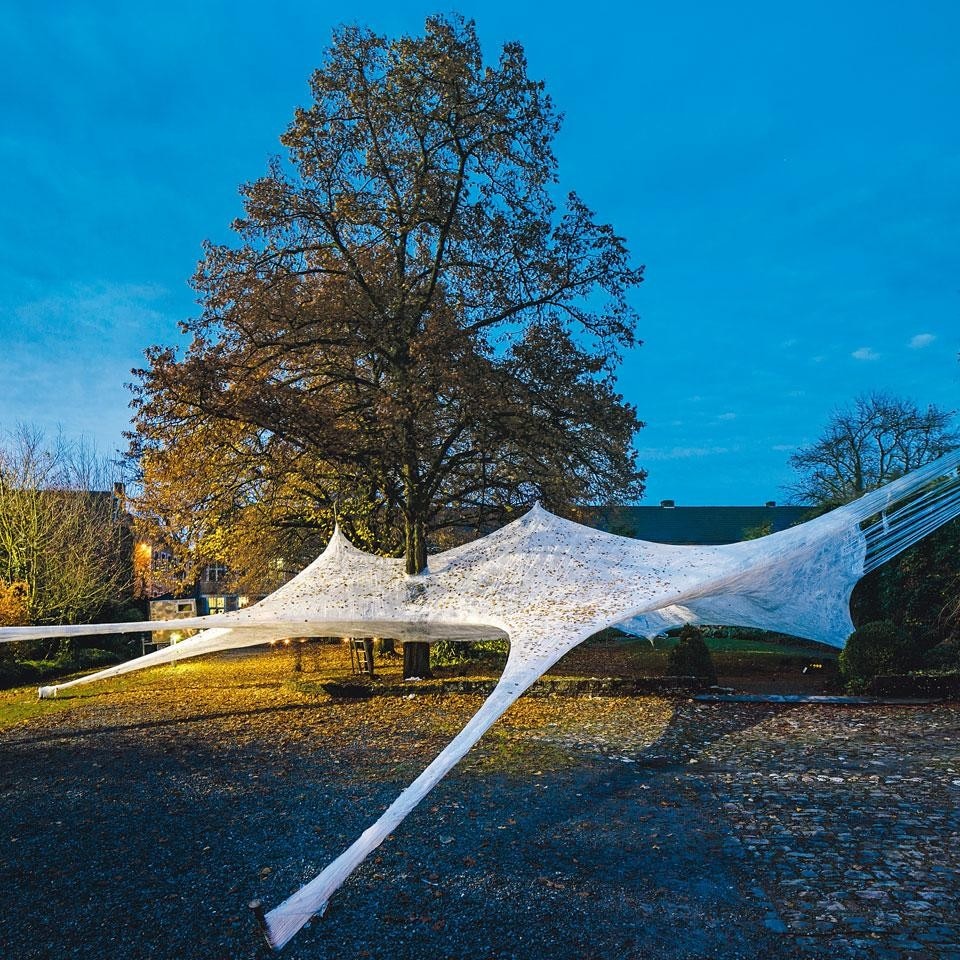
"Five years ago I wouldn't have been able to name one good organisation here, but it's really down to individuals pulling hard." One of those individuals is Giovanna Massoni, the director of what was formerly the Liège International Design Biennial but was relaunched last year as "Reciprocity", a design platform for social innovation. Massoni, an Italian based in Brussels, says she struggles with the provincial factionalism of Belgium ("There are cultural borders you feel every day") and the conservative approach of its institutions ("They don't fund research, they just promote the results") but nevertheless sees the potential within an anarchic system. "We wanted to create a platform for seeing design as something other than products," she says. "We introduced a programme of design for social innovation to see how people reacted to the idea, and we were pleasantly surprised."
